Why Natural Gas is the Sustainable Choice for Your Home in 2024
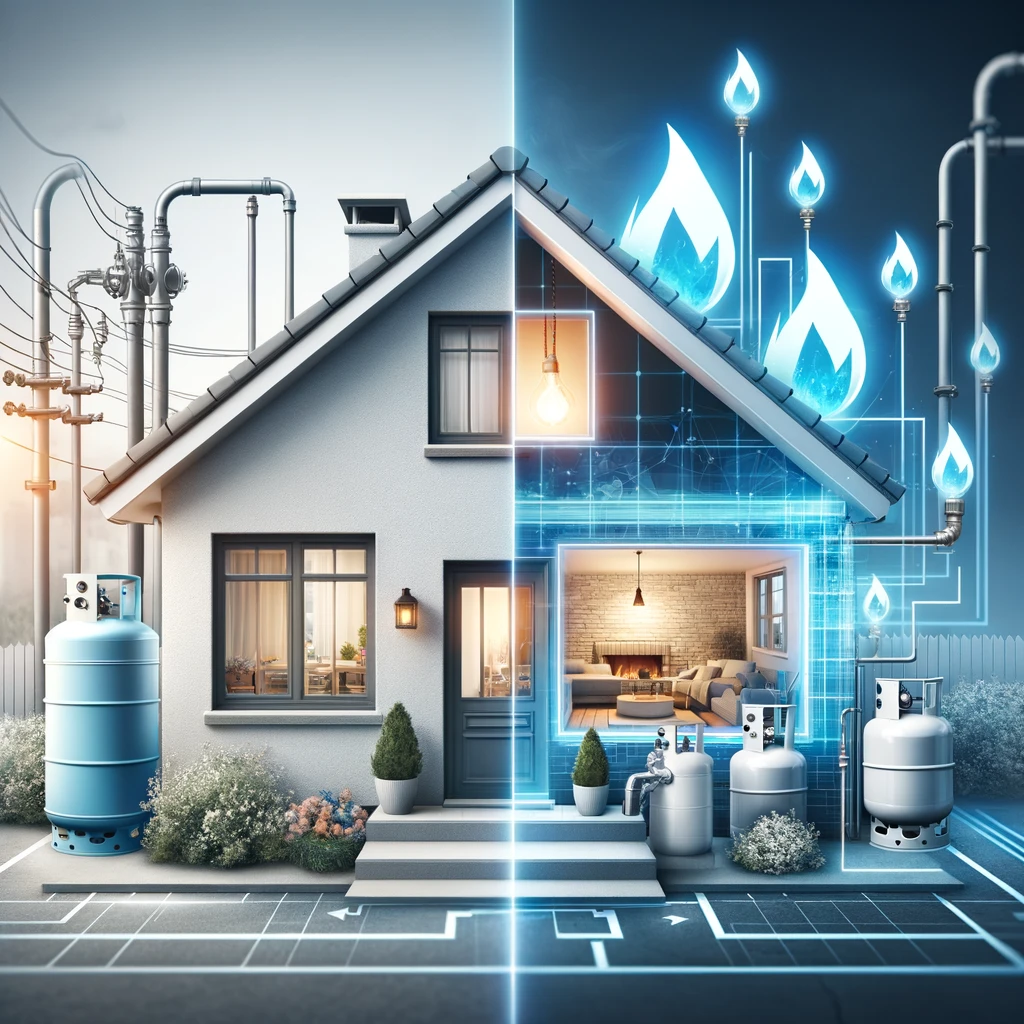
Key Takeaways
- Switching to natural gas can save money on energy bills and is better for the environment due to lower emissions compared to oil or coal.
- Natural gas provides a consistent and reliable supply for heating, cooking, and electricity through underground pipelines, minimizing disruptions.
- Transitioning to natural gas involves assessing feasibility, obtaining permits, and understanding installation costs. It may also necessitate upgrading to gas-compatible appliances.
- The installation process includes connecting to the municipal gas line, ensuring safety inspections are passed, and hiring professionals for appliance installation, prioritizing safety and adherence to regulations.
- Beyond immediate energy cost savings and environmental benefits, converting to natural gas can increase home value and efficiency through the use of modern, energy-saving appliances.
Switching your home’s energy source to natural gas is a smart move many are considering. Why? Because natural gas is not just about saving money; it’s also about choosing a cleaner and more efficient way to power your home.
From heating your house to cooking your meals, natural gas offers a reliable and eco-friendly option. But making the switch might seem a bit daunting at first.
Where do you start? What do you need to know? This guide is here to help. We’ll walk you through the benefits of using natural gas, show you how it can be cost-effective, and guide you through the steps to connect your home to the gas line.
Plus, we’ll cover what you need to know about upgrading your appliances and ensuring everything is done safely.
Whether you’re looking to lower your energy bills, reduce your carbon footprint, or simply enjoy the efficiency of modern gas appliances, this article will provide all the information you need to make a smooth transition to natural gas.

What Is Natural Gas?
Natural gas is a type of fuel that comes from deep under the earth. It’s made mostly of a gas called methane.
People use it in their homes for warmth, to cook food, and even to make electricity. It’s like oil and coal because it comes from old plants and animals, but it’s cleaner.
When we burn natural gas, it doesn’t make as much dirty air as burning coal or oil does. This means it’s better for the air we breathe and the world around us.
Lots of homes and businesses choose natural gas because it’s reliable and doesn’t cost too much. It travels through big pipes underground right to where it’s needed, making it a handy choice for many people.
Understanding the Benefits of Natural Gas
Natural gas is a popular choice for many reasons. One of the biggest reasons is that it can save you money. When you use natural gas for heating your home or cooking your meals, it often costs less than using electricity or oil. This is because natural gas usually comes at a lower price.
Another great thing about natural gas is how reliable it is. Since it comes to your home through pipes buried under the ground, you almost always have it when you need it. Even when there are big storms or other problems, you’re less likely to lose your heating or cooking ability with natural gas.
Natural gas is also better for the planet than some other energy sources. It’s the cleanest of all the fossil fuels. This means that when you use natural gas, you’re putting less pollution into the air.
Burning natural gas produces fewer greenhouse gasses, which are bad for our climate. It also releases less sulfur, mercury, and other pollutants that can harm our health. This makes natural gas a more environmentally friendly option.
It’s a choice that feels good because it supports a cleaner environment and can save you money at the same time.
What Makes Natural Gas Cost-Effective and Efficient?
First, natural gas has what we call “high energy content.” This means that a little bit of natural gas can produce a lot of heat.
When you compare it to other fuels like electricity or oil, you’ll find that natural gas can warm your house or cook your food using less fuel overall. This efficiency is great for keeping your home comfortable without using a lot of energy.
Second, the price of natural gas is often lower than other energy options. This is because there’s a lot of natural gas available.
Over the years, finding and getting natural gas from the ground has become easier and cheaper, thanks to new technologies. This abundance means that natural gas prices have stayed relatively low, especially when compared to the costs of oil or electricity.
Lastly, the appliances that use natural gas are designed to be really efficient.
Whether it’s a furnace for heating your home, a stove for cooking, or a water heater, modern gas appliances are made to use as little energy as possible while still doing a great job. They waste less energy and convert more of the gas into usable heat.
Making the Switch to Cleaner, Affordable Energy
Making the switch to natural gas is a smart choice for both the planet and your wallet. When you use natural gas, you help the environment.
This is because it makes less pollution than oil or coal. Less pollution means cleaner air and a healthier earth. Also, natural gas is cheaper than many other types of energy.
This means you can save money on your bills every month. Plus, homes that use natural gas are often worth more.
People like buying homes that are cheaper to run and are better for the planet. So, by choosing natural gas, you’re doing something good for the world and could also be adding value to your home.
Assessing Feasibility and Connecting to the Gas Line
Before you decide to switch to natural gas, there are a few important steps to take. First, you need to find out if switching is possible for your home. You do this by calling the gas company in your area.
They can come and check if your home can be connected to the gas line. This is called a feasibility assessment. It helps you know if it’s possible to get natural gas and how much work it might take.
Next, you’ll need to get some permissions. These are called permits and approvals. To start the work of connecting to the gas line, you have to ask the local authorities and sometimes your utility company. They need to say it’s okay. This ensures everything is done safely and follows the rules.
Lastly, it’s important to understand how much it will cost. The cost can change depending on how far your house is from the gas main line and the rates in your area. Sometimes, if you’re far from the line, it might cost more to connect. Knowing these costs ahead of time helps you plan your budget.
Taking these steps makes sure you know everything important before making the switch to natural gas. It helps you avoid surprises and be ready for the change.

Upgrading To New Appliances And Equipment
When you switch to natural gas, you might need new things in your home to use it. This is because not all appliances work with every type of fuel. Here’s what you might need:
First, for keeping your house warm, think about getting a furnace that works really well with natural gas. These furnaces are called high-efficiency because they use less gas to make a lot of heat. This means you stay warm and save money on fuel.
Next, look at water heaters. There’s a special kind called tankless. These are great because they heat water only when you need it, so you don’t waste energy keeping water hot all the time. They use natural gas to quickly heat the water, making them efficient and good for saving money.
Finally, for cooking, gas ranges are a top choice. They let you control the heat very precisely. This means when you turn the knob, the flame changes right away. So, you can cook your food just right. It’s why lots of people who love cooking prefer gas stoves.
Upgrading to these appliances not only makes your home work better with natural gas but also helps you use energy smarter. Plus, they can make cooking, heating, and getting hot water better and cheaper.
The Installation Process and Safety Measures
Switching to natural gas means your home needs to be connected to the gas supply in your town. This involves a few important steps to make sure everything is safe and works well.
- First, a new gas line has to be put in from the street to your house. This is called the service line. Workers dig a small trench to lay the pipes that will bring gas to your home. This job must be done carefully to make sure the gas will flow safely and reliably to your house.
- Next, once the pipes are in place, safety checks are needed. The gas company will look at the new setup to make sure everything meets the safety rules. They check to see that the installation is done right and that there are no leaks or other dangers. This step is very important to keep you and your family safe.
- Lastly, it’s time to put in your new gas appliances. This should be done by professionals who know how to work with gas systems. They will install things like your furnace, water heater, and stove. They also make any changes needed to make sure these appliances can use the natural gas safely.
Each of these steps is taken to make sure that when you switch to natural gas, it is safe, efficient, and works well in your home. Safety is the most important thing, so it’s key to follow these steps carefully.
Decommissioning Existing Systems
When you switch to natural gas, you’ll need to deal with your old heating system. This might mean getting rid of an old oil tank or other equipment. Doing this the right way is very important for safety and the environment.
First, if you have an oil tank, it needs to be taken out or made safe if it’s going to stay in place. This job has to follow certain rules that your town or city sets.
These rules make sure the tank is removed or abandoned without harming the ground or water around it. Sometimes, specialists come to clean the tank and take it away, or they might fill it with a special material if it’s going to stay in the ground. This stops any leftover oil from leaking out later.
Also, think about the environment when getting rid of your old heating equipment. Things like old furnaces or boilers shouldn’t just be thrown out with your regular trash.
They might have parts that can be recycled or need to be disposed of in a special way to protect the earth. Your local waste management service can tell you how to do this properly.
Taking these steps helps make sure your switch to natural gas is safe for everyone and kind to the planet. It’s about doing things the right way from start to finish.
Steps to take before converting from oil to gas
Before you change from oil to gas, there are some important steps to follow. These steps help you choose the best option and get ready for the switch.
First, think about what kind of fuel you want to use. Natural gas and propane are both options, but they’re different. Natural gas comes to your house through pipes from the street. Propane is delivered by truck and stored in a tank on your property.
Natural gas is often cheaper and more convenient because it’s always there when you need it. But, if natural gas isn’t available in your area, propane might be a good choice.
Next, find out if you can get natural gas at your home. Call the company that provides gas in your area and ask if they can connect your house to their system. Sometimes, if you live too far from the gas lines, it might not be possible or it could be very expensive.
Lastly, talk to several experts who can change your home to use gas. Ask them to give you a price for the work. This could include putting in new pipes, a new furnace, or other equipment. Getting quotes from a few different contractors lets you compare prices and pick the best one for your needs and budget.
By taking these steps, you make sure you’re choosing the right fuel and getting a good deal on the work needed to switch to gas.
The Process of Converting Your Home from Oil to Gas Heating
1. Initial Assessment and Planning
First, you need a professional to look at your home. This person checks how your home is built and how much heat it needs. They’ll think about the size of your house, how well it keeps heat, and what kind of heating system will work best.
This step is important because it helps plan the rest of the process. It makes sure the new gas system will be right for your home and keep you warm.
2. Utility Application
Next, you need to ask the gas company to connect your home to their service. This means filling out some forms and maybe talking to them about where your house is.
They’ll tell you if they can give you gas and what you need to do next. Sometimes, this part includes figuring out where the gas line will go and how much it will cost to connect your house.
3. System Design and Installation
Now, you work closely with a contractor. This is the person who will put in your new gas heating system.
Together, you’ll decide how the system should be set up to meet your home’s needs. The contractor will plan where everything goes, like the new furnace and any pipes that need to be added. Then, they’ll set a time to do the work.
This step usually takes some time because it involves a lot of parts, like getting the right equipment and making sure everything fits in your home.
4. Final Inspection and Activation
After everything is installed, there’s one last step before you can start using your new gas heating. The gas company or a local government inspector will check the work. They make sure everything is safe and meets the rules.
This is very important because it’s about making sure the gas system won’t cause any problems. Once the inspector says everything is good, the gas can be turned on, and your new heating system is ready to go.
Each step in this process is important. Starting with a good plan and ending with a thorough check makes sure your switch to gas heating goes smoothly.
End Note
Switching to natural gas is a smart choice for many reasons. It can save you money because it’s usually cheaper than other fuels.
Your home can also become more efficient, using less energy to keep you warm or cook your meals. Plus, using natural gas is kinder to our planet. It creates less pollution, which helps fight climate change. Before you switch, make sure it’s the right move for your home.
Check if you can connect to natural gas and think about what changes you might need. With some planning and help from professionals, moving to natural gas can be easy and rewarding. This way, you enjoy a comfortable home while also doing something good for the environment.
FAQ’s
Q1. How do I know if natural gas is available in my area?
Contact your local gas utility company. They can tell you if natural gas service is available near your home and what steps are needed to connect.
Q2. What are the environmental benefits of using natural gas?
Natural gas burns cleaner than oil or coal, producing fewer greenhouse gases and pollutants. This makes it a more environmentally friendly option for your home.
Q3. Will I need new appliances if I switch to natural gas?
Yes, you’ll likely need new appliances compatible with natural gas, such as furnaces, water heaters, and stoves, to make the switch.
Q4. What’s involved in connecting my home to the natural gas line?
The process includes an assessment by the gas company, installing a service line to your home, and passing a safety inspection before activation.
Q5. Are there any incentives for switching to natural gas?
Some areas offer incentives like rebates or tax credits for converting to natural gas. Check with your local utility company or government energy office.
Q6. How long does the conversion process take?
The timeline varies depending on the work needed and permit approval process but typically takes several weeks to a few months from start to finish.
Q7. Is it safe to switch to natural gas?
Yes, when installed and maintained by professionals, natural gas systems are safe. Regular inspections and adherence to safety guidelines further ensure safety.
Q8. Can I convert my oil heating system to natural gas myself?
It’s highly recommended to hire licensed professionals for the conversion. They have the expertise to ensure the system is installed safely and complies with local codes.
Q9. How does natural gas impact indoor air quality?
Natural gas appliances are designed to burn cleanly, minimizing indoor air pollutants. Proper ventilation and regular maintenance are essential for good indoor air quality.
Q10. What should I do with my old heating system after converting?
Decommission and dispose of your old system according to local regulations. This might involve removing an oil tank or recycling old appliances safely.

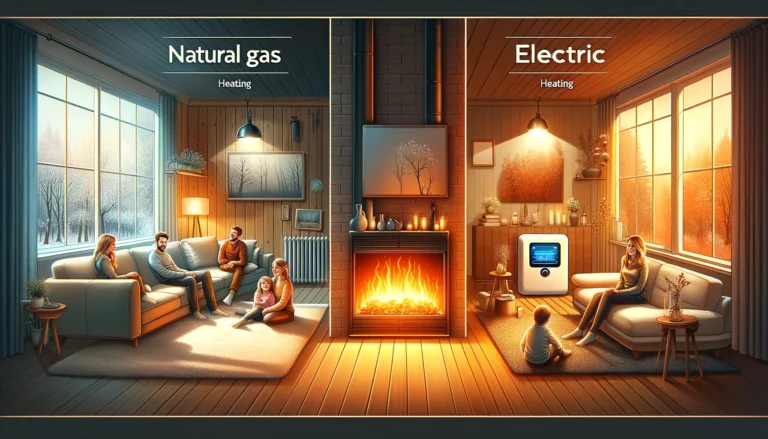
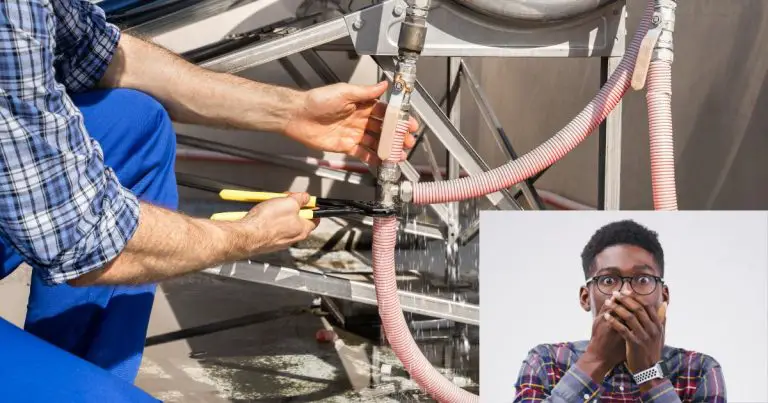
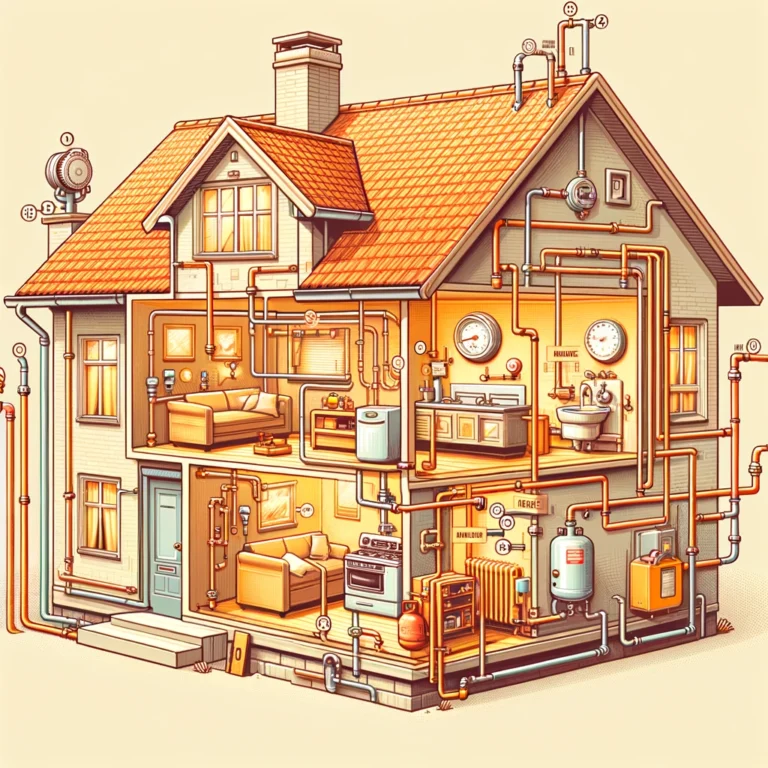

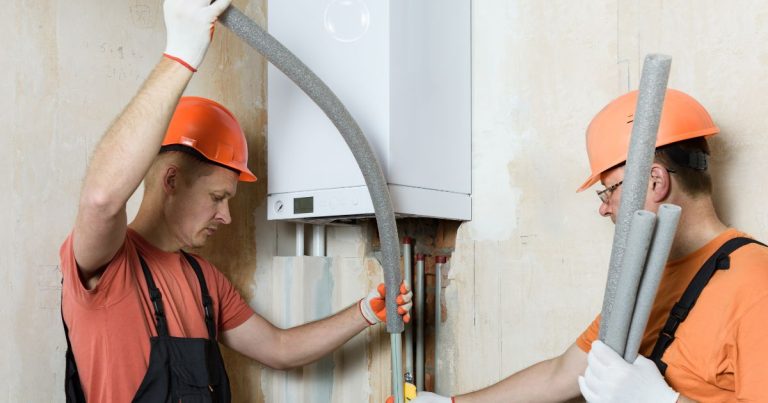
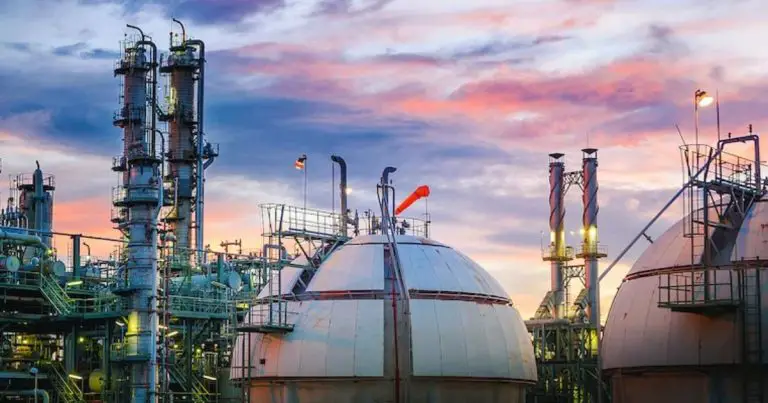

Very interesting info !Perfect just what I was looking for!
Write more, thats all I have to say. Literally, it seems as though you relied on the video to make your point. You definitely know what youre talking about, why throw away your intelligence on just posting videos to your blog when you could be giving us something enlightening to read?
Enjoyed looking at this, very good stuff, thankyou. “Curiosity killed the cat, but for a while I was a suspect.” by Steven Wright.
Heya i am for the first time here. I came across this board and I in finding It really useful & it helped me out much. I’m hoping to provide one thing again and help others like you helped me.
Really Appreciate this article, how can I make is so that I get an email when you make a new update?
Its fantastic as your other posts : D, thanks for posting.
There is noticeably a bundle to know about this. I suppose you made certain good points in features also.
Keep functioning ,fantastic job!
Some truly rattling work on behalf of the owner of this internet site, absolutely great articles.
It’s in point of fact a nice and useful piece of information. I’m satisfied that you shared this helpful information with us. Please keep us up to date like this. Thank you for sharing.
In this grand pattern of things you actually secure an A just for effort. Where you misplaced us ended up being in the particulars. As they say, the devil is in the details… And that couldn’t be more accurate right here. Having said that, let me tell you just what did do the job. The article (parts of it) is actually highly persuasive which is most likely the reason why I am making the effort in order to opine. I do not make it a regular habit of doing that. Second, while I can easily notice a leaps in reason you come up with, I am not convinced of just how you seem to unite the ideas that help to make the actual conclusion. For right now I will, no doubt yield to your point however hope in the near future you connect the dots better.
It’s really a nice and helpful piece of info. I’m glad that you shared this useful information with us. Please keep us up to date like this. Thank you for sharing.
Hello there, just became alert to your blog through Google, and found that it is really informative. I’m going to watch out for brussels. I will appreciate if you continue this in future. Numerous people will be benefited from your writing. Cheers!
Lottery Defeater Software: What is it? Lottery Defeater Software is a completely automated plug-and-play lottery-winning software. The Lottery Defeater software was developed by Kenneth.
Good website! I truly love how it is easy on my eyes and the data are well written. I’m wondering how I might be notified when a new post has been made. I have subscribed to your RSS feed which must do the trick! Have a great day!
Thanks on your marvelous posting! I actually enjoyed reading it, you happen to be a great author.I will be sure to bookmark your blog and definitely will come back from now on. I want to encourage continue your great posts, have a nice day!
Hi there, I discovered your web site by means of Google whilst looking for a comparable subject, your site came up, it seems great. I’ve bookmarked it in my google bookmarks.
What are Ageless Knees? Ageless Knees is a knee pain relieving program. Chris Ohocinski, a State-Licensed and Nationally Certified Athletic Trainer, came up with this program.
It?¦s really a nice and useful piece of information. I am glad that you shared this useful information with us. Please keep us informed like this. Thank you for sharing.
In the awesome pattern of things you’ll get an A+ with regard to effort and hard work. Where exactly you confused me ended up being on your details. You know, they say, the devil is in the details… And that couldn’t be much more accurate in this article. Having said that, let me inform you precisely what did do the job. The article (parts of it) is certainly incredibly convincing and that is probably the reason why I am taking an effort in order to comment. I do not make it a regular habit of doing that. Secondly, although I can notice the leaps in reasoning you make, I am not really sure of just how you appear to connect the ideas which inturn produce your final result. For now I will, no doubt yield to your point however trust in the near future you link your facts much better.
The next time I read a weblog, I hope that it doesnt disappoint me as a lot as this one. I mean, I know it was my choice to read, however I really thought youd have one thing fascinating to say. All I hear is a bunch of whining about something that you can fix in case you werent too busy in search of attention.